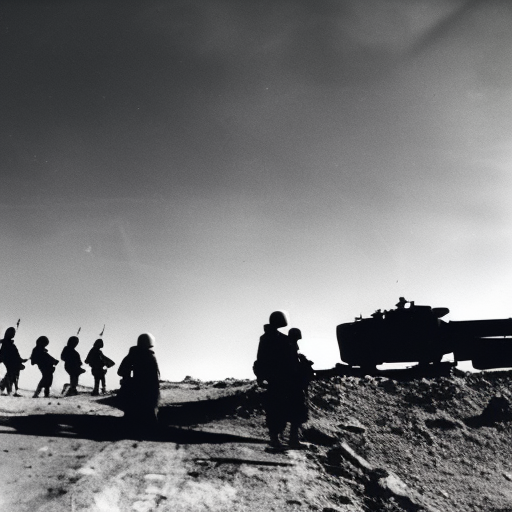Summary:
The War in Afghanistan, which began in 2001, was a conflict between the United States-led coalition forces and the Taliban, an extremist group that controlled Afghanistan. The war aimed to dismantle the Taliban regime, eliminate Al-Qaeda’s presence in the country, and establish a stable government. Despite initial success in removing the Taliban from power, the conflict has been protracted and complex, with significant challenges and ongoing violence.
Background:
The roots of the war can be traced back to the Soviet invasion of Afghanistan in 1979. The Soviet Union aimed to support the communist government against insurgent groups, including the Mujahideen. The conflict lasted for nearly a decade and resulted in significant casualties and destruction. Following the Soviet withdrawal in 1989, Afghanistan descended into a state of civil war, with various factions vying for power.
September 11 Attacks:
The September 11, 2001, terrorist attacks on the United States marked a turning point in the conflict. The attacks, orchestrated by Al-Qaeda, prompted the U.S. to launch a military campaign against the Taliban regime in Afghanistan, which had provided safe haven to Osama bin Laden and his organization. The U.S.-led coalition, including NATO forces, aimed to dismantle the Taliban and eliminate Al-Qaeda’s presence.
Initial Success and Challenges:
The initial phase of the war saw rapid progress, with the Taliban regime quickly collapsing. By December 2001, the Taliban had lost control of major cities, and a new government, led by Hamid Karzai, was established. However, the situation soon became more complex. The Taliban regrouped and launched an insurgency against the Afghan government and coalition forces. The conflict became increasingly difficult, with suicide bombings, improvised explosive devices (IEDs), and guerrilla warfare tactics employed by the Taliban.
International Involvement:
The war in Afghanistan garnered international support, with NATO allies and other countries contributing troops and resources. The mission expanded beyond military operations to include efforts to rebuild Afghanistan’s infrastructure, promote governance, and enhance security. However, the war faced criticism for its high civilian casualties and the challenges of nation-building in a country with a history of conflict and tribal divisions.
Escalation and Drawdown:
Despite efforts to stabilize Afghanistan, the conflict continued to escalate. The Taliban regained strength, and by 2008, violence reached its highest levels since the war began. In 2009, the U.S. implemented a new strategy, known as the “surge,” which involved deploying additional troops to counter the insurgency. However, progress remained slow, and the war became increasingly unpopular both domestically and internationally.
Peace Negotiations and Withdrawal:
In recent years, efforts to negotiate a peace settlement have gained momentum. The U.S. engaged in direct talks with the Taliban, culminating in the signing of a peace agreement in February 2020. The agreement outlined a timeline for the withdrawal of U.S. and NATO forces and commitments from the Taliban to prevent terrorist groups from using Afghan soil to threaten international security. However, the peace process remains fragile, with ongoing violence and challenges to implementing the agreement.
Legacy and Challenges:
The war in Afghanistan has had a profound impact on the country and the region. While some progress has been made in areas such as education and healthcare, Afghanistan continues to face significant challenges, including political instability, corruption, and a resilient insurgency. The conflict has resulted in the loss of thousands of lives, both military and civilian, and has strained the economies and resources of the countries involved. The long-term legacy of the war in Afghanistan remains uncertain, as the country continues to navigate a path towards stability and peace.












